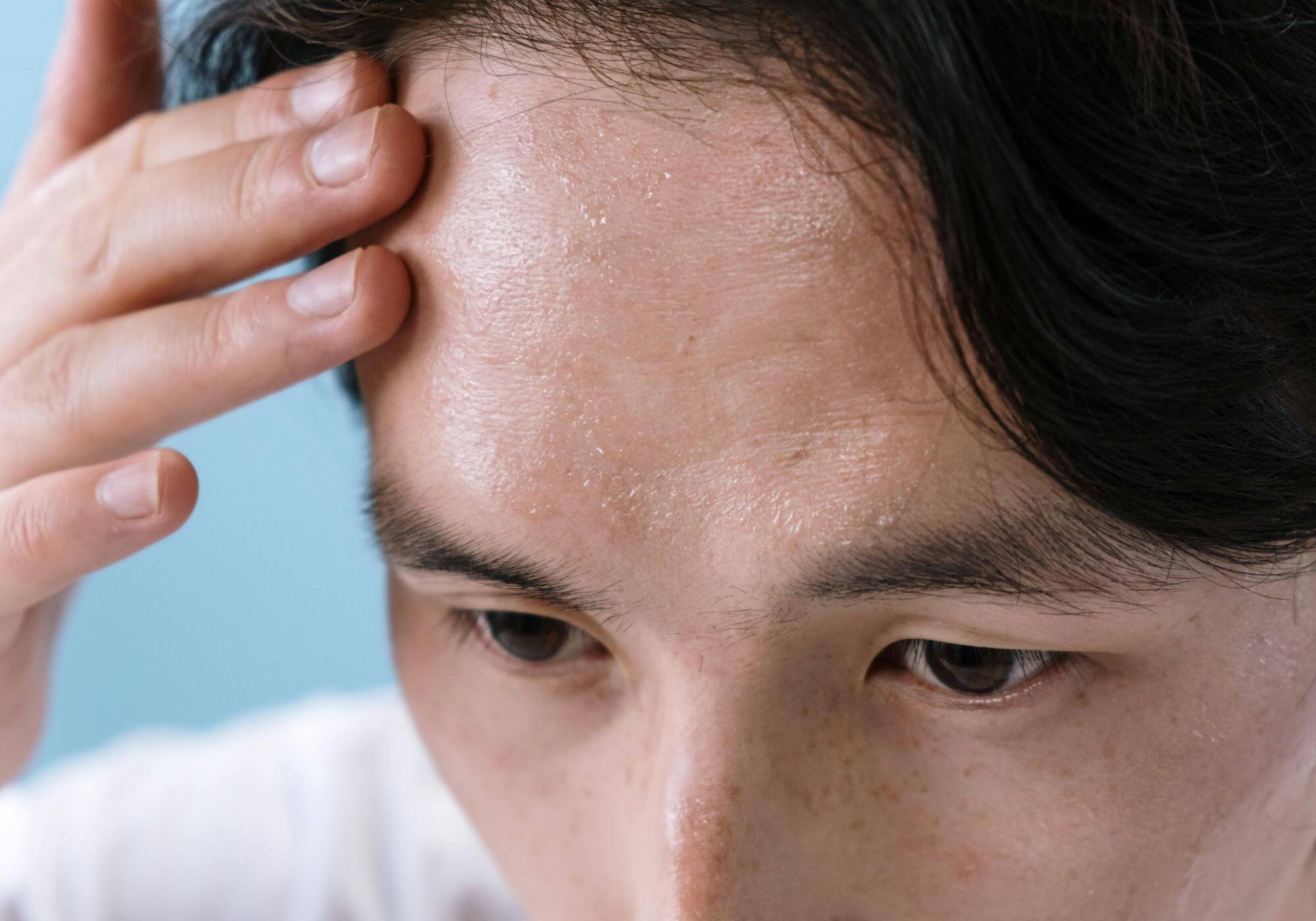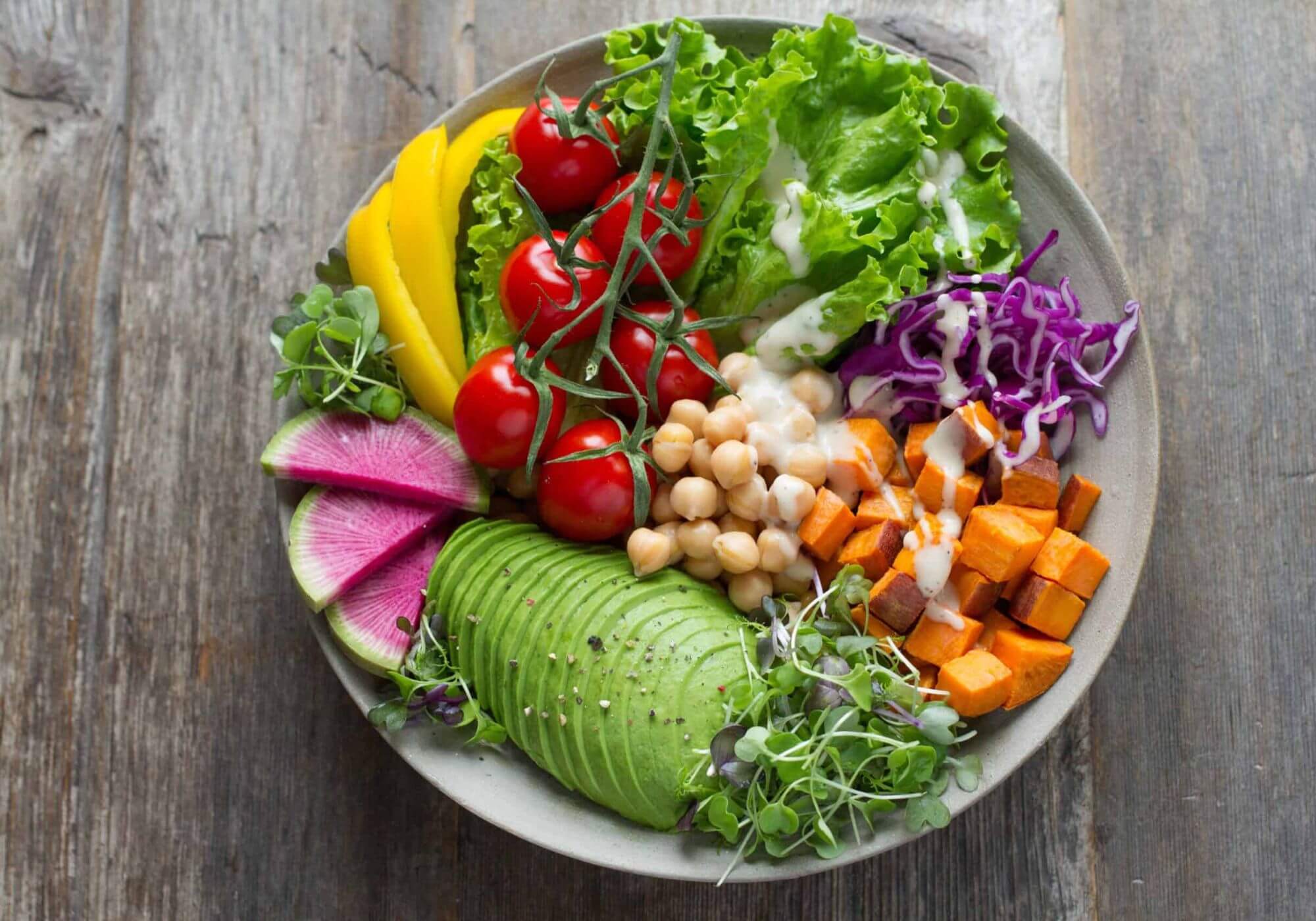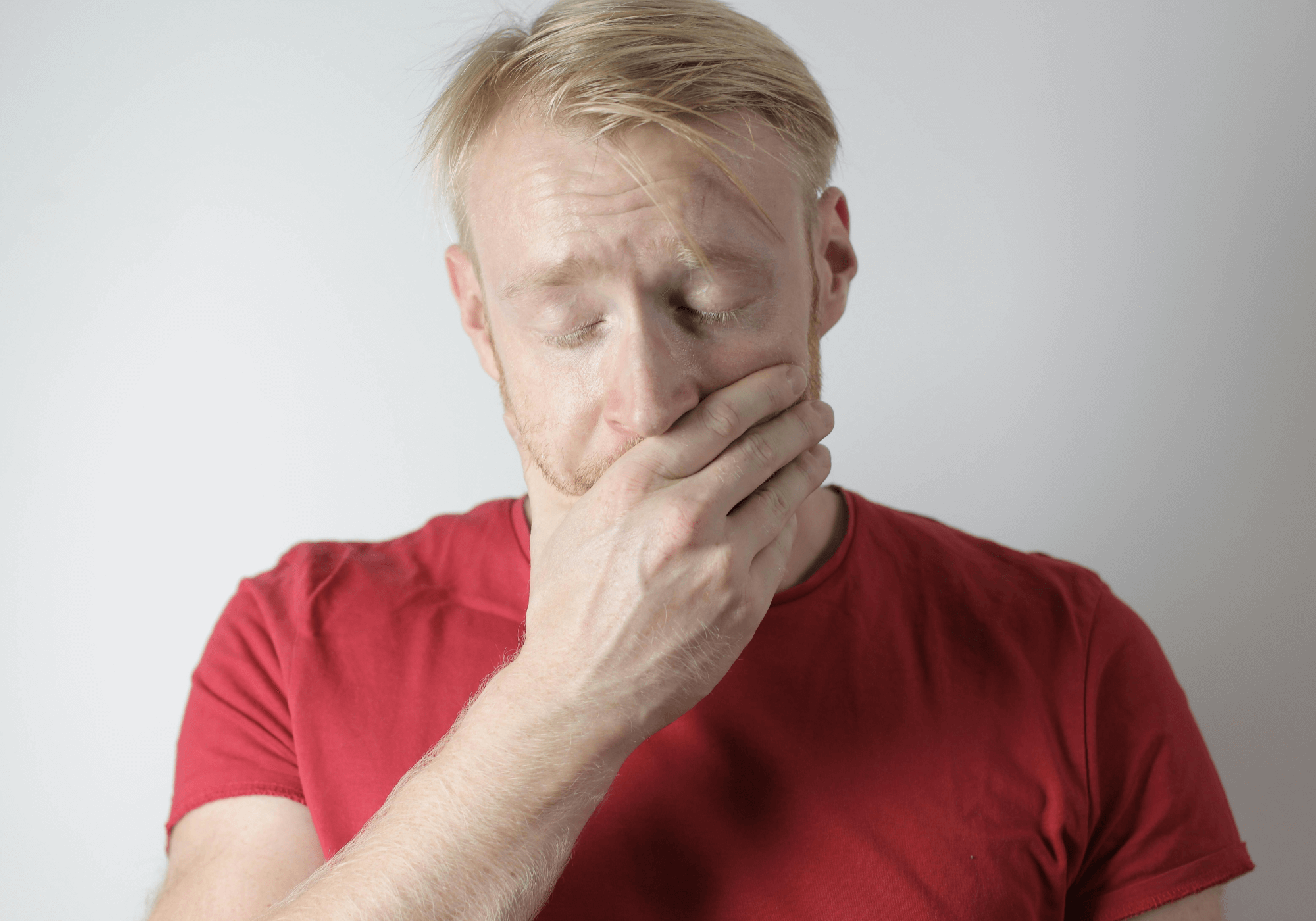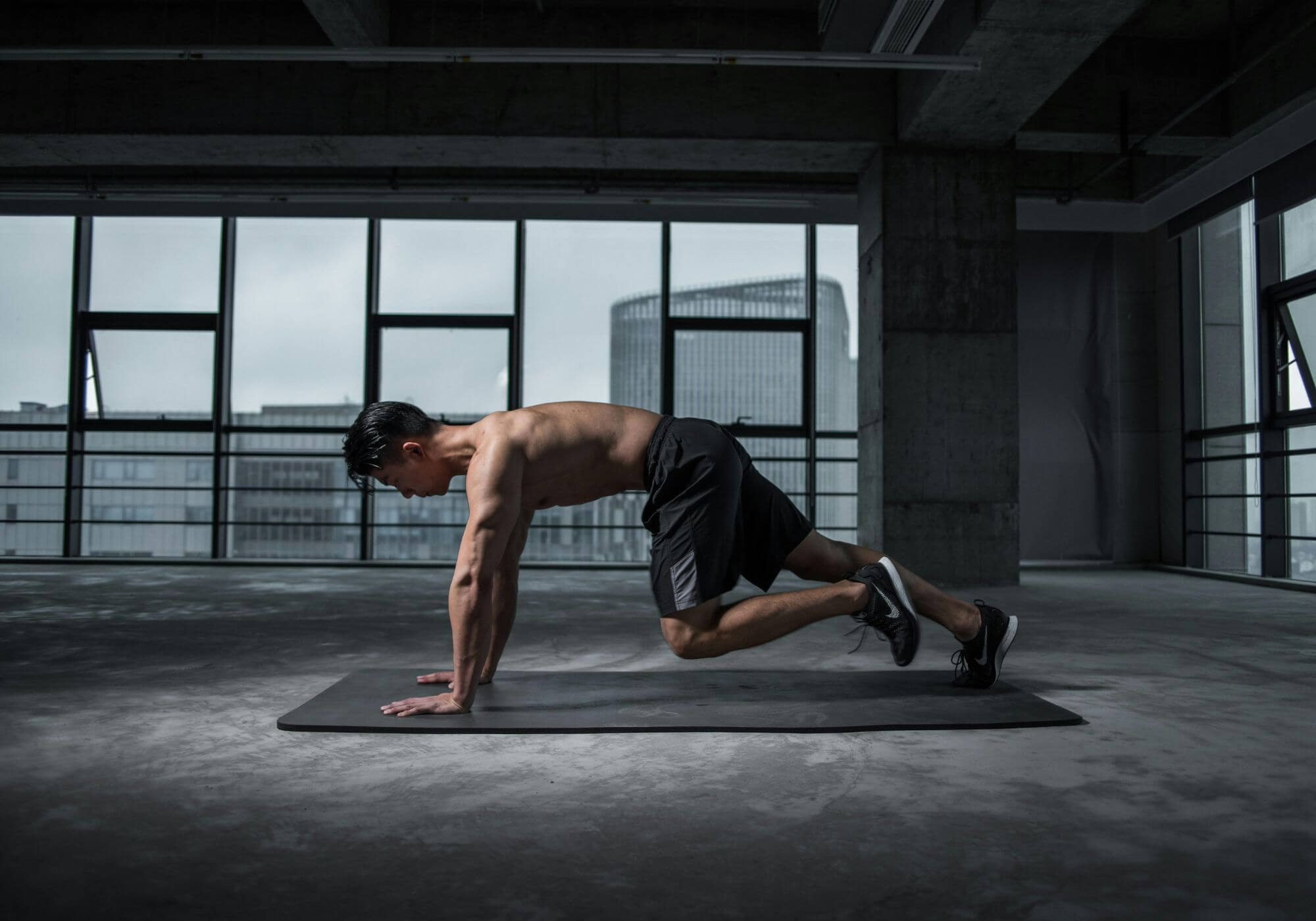Unpacking Teen Body Myths in 2025
Written By - Serin Dane
on September 20, 2025
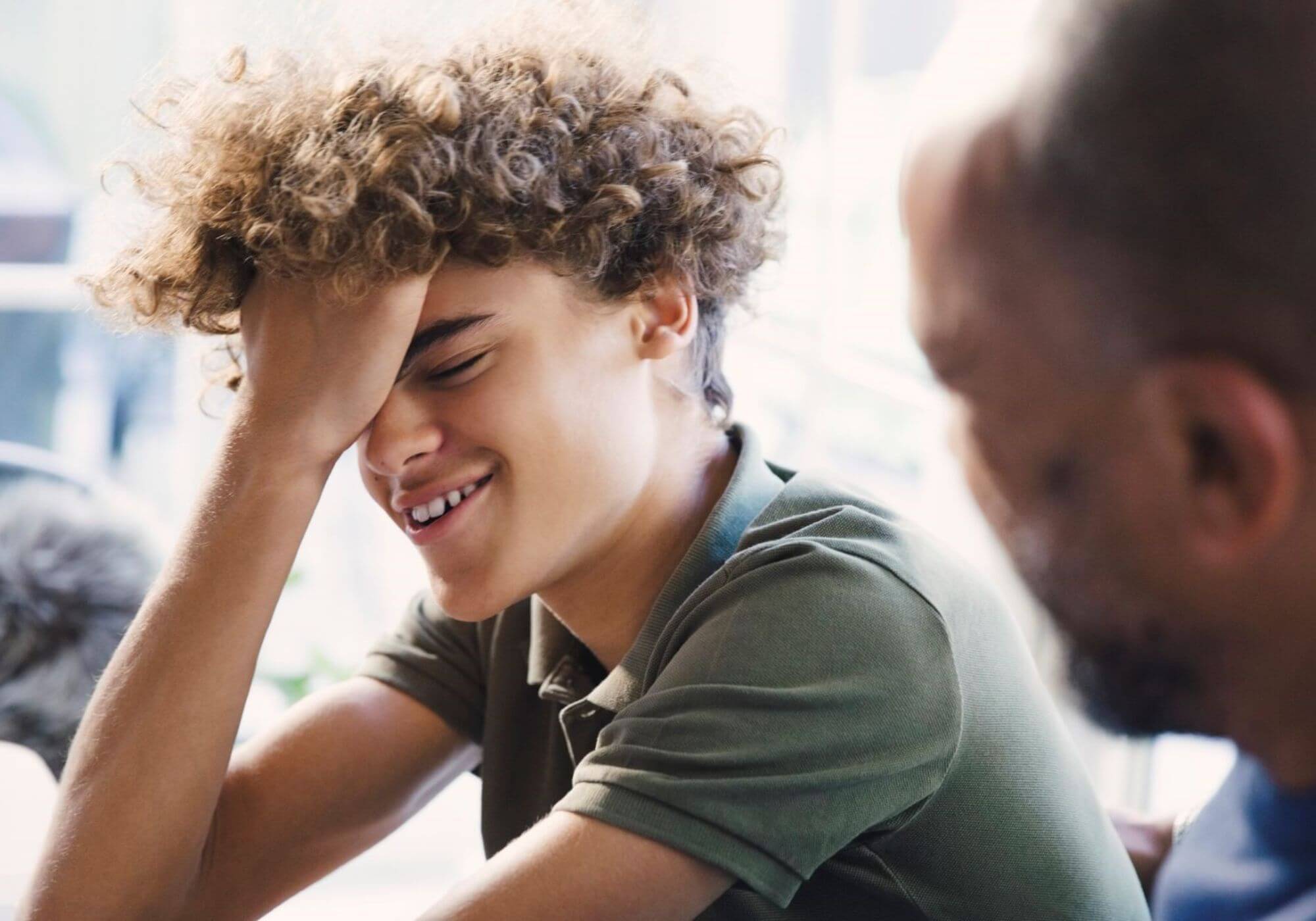
Being a teenager today sometimes feels like standing in the middle of a thousand mirrors, each one reflecting a slightly different version of what’s “good enough.” One screen says to have a flat stomach, another says it’s all about being “thick” in the right places. Throw in TikTok, AI filters, and family expectations, and the picture only gets messier. But what if no one ever told the truth about where these ideas come from—or how made-up they are?
The Teen Body Myths We Inherit
Here’s what a lot of people don’t tell you: the stress over how teen bodies “should” look didn’t start with Kylie Jenner’s Instagram. Even way before social media, there were rules about what was beautiful. Greeks turned admiration for muscled bodies into marble statues. In the Victorian era, women squeezed into corsets so tight they could barely breathe, all to look “feminine.” Now it’s fitness trackers, waist trainers, or endless gym selfies. The rules are just recycled, with new hashtags on top.
Honestly, once you see how made-up these ideals are—how they’ve just been swapped and swapped again for centuries—those standards begin to look a lot less powerful. “Why am I feeling bad because I don’t match someone’s outdated idea from 200 years ago?” is a question more teens are starting to ask.
TikTok, Diets, and That Guilty Scroll
Let’s be honest: TikTok makes everything look easy. “Glow up in a week!” “One food you should never eat!” It’s impossible not to feel curious, then confused, then a bit bad when the mirror doesn’t match the promises. But the truth is, most of these viral “hacks” are more about going viral than about real health.
It’s normal for a friend group chat to spiral around “new” food fads—juice cleanses, cutting carbs, weird “pre-workout” snacks someone swears by. Yet, when everyone’s focused on shrinking, detoxing, or copying influencers, the message becomes: “Thinner is always better” or “food is the enemy.” That’s a myth that hurts, leaving a lot of people bouncing between guilt, binging, and total confusion about what’s actually healthy. It’s okay to say “nope” to the hype. Curiosity for new trends is normal, but that doesn’t mean every TikTok challenge deserves a spot in a teen’s real life.
The Teen Body Myths–It Isn’t Just a “Girl Thing”
Behind closed doors, so many guys are wrestling with their own version of body image stress. The pressure to be shredded or look “alpha” is everywhere—in fitness subreddits, gym culture, and muscle-building TikToks. Boys get told not to talk about insecurity, so the myth that “only girls care about looks” gets stronger. It’s so far from the truth, and so damaging, especially for guys who secretly compare every photo and wish their arms or abs looked different.
The silence can mean boys skip out on support, even from friends or family, because they’re told not to care. Opening up is tough, but when one brave person shares their worries, others usually sigh in relief. “Me too” is pretty universal.
Filters and Digital Dysmorphia: Staring at a Fiction
If real life isn’t confusing enough, now there are AI-powered filters that give anyone flawless skin, bigger eyes, and sharper cheekbones in seconds—and that’s before even touching up the photo again. It’s fun to play with, but after a while, it’s easy to forget where the filter ends and real life begins.
Suddenly, a normal, unedited face or body looks “off,” and scrolling through “perfect” versions of your friends, favourite streamers, or even yourself, you start wanting the filter in reality too. The myth is that if you try hard enough—or buy the right products—you could look “perfect.” The truth: perfection on social media is just code and lighting. Everyone is faking it, but it can still chip away at self-esteem day by day.
Eating as an Identity: Vegan, Keto, “Clean … or Free?
Sometimes what someone brings for lunch isn’t just food; it’s a whole identity. In the year 2025 eating is all based on “initiative eating “ or group types such as gym goals, keto diets, vegan diets and more. When it comes to the personal choice new rules are set. Only clean eating is counted or the treats which are the signs of weakness. Food here becomes the battle ground just for the status purpose and not for energy and enjoyment. Eating is necessary, not a test. There’s no gold medal for the most restrictive diet, and no shame in mixing it up. Bodies need fuel, not a branding exercise.
The Quiet Moments in Front of the Mirror
Here’s something almost everyone does but no one talks about: staring at the mirror, picking apart every detail. “My nose looks weird.” “My stomach’s never flat.” “Why can’t I look like them?” But it can go the other way too. Some teens write funny or positive mantras on sticky notes and slap them on the mirror: “My legs got me through that soccer game.” “Eyebrows are killer today!” Others start journals where they write one thing a day their body helped them do, or take unfiltered selfies just to see themselves as they truly are.
Trying something—anything—that changes the mirror from a judge to a cheerleader makes it easier to be kind. Growth is slow, but it’s real.
Climate Anxiety and Bodies
Sounds strange, but in 2025, lots of teens tie their food habits or workouts to eco-guilt. Some feel bad for eating foods with a large carbon footprint; others want to look “survival ready.” More and more, the belief pops up that the “right” body is also the most responsible or prepared for an uncertain future. It’s a myth that adds stress to already heavy climate worries.
Caring about the planet is good. But your body isn’t the place for climate guilt. Being kind to yourself and sustainable where you can be enough.
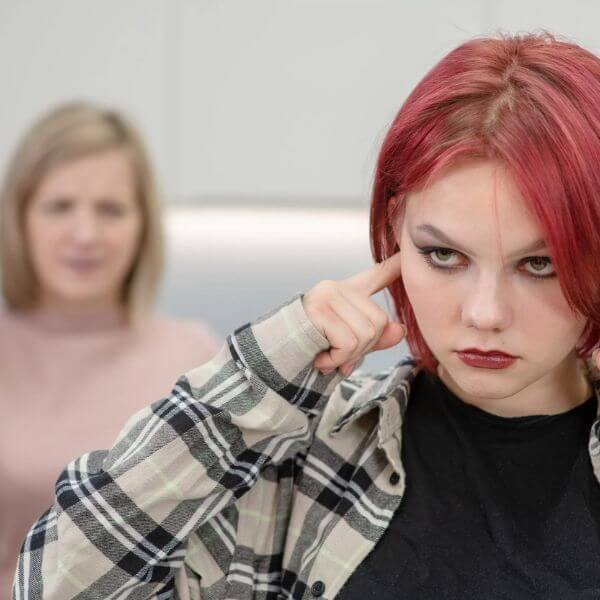
Fashion Algorithms and the “One Size Fits All” Trap
Even shopping got tricky. Some apps now recommend “perfect” sizes, fits, and styles after analysing selfies. But if you don’t fit the data set, it’s easy to feel deflated, as if everyone else figured it out and you’re left behind. The idea that there’s just one way to dress or look “right” is another trap. Algorithms don’t know your personality, courage, or story; they just recommend what’s trending for someone else.
Style isn’t about shrinking or reshaping your body—it’s about finding what feels like you.
Real People, Real Stories
People are more than trends and hashtags. Lucy, a real teen, shares that even though she struggles with accepting her body, she’s learned to love things like her eyebrows and naturally tanned skin. She points out that most friends don’t even talk about their real bodies—just what celebrities do or wear on Instagram. The pressure is everywhere, yet simply being honest starts to break it.
Another teen wrote about how she spent years believing only thin bodies should be visible, thanks to family and pop culture messages. She remembers thinking life would be perfect if her hair was silkier or her thighs were thinner—only to realize that these ideas never matched real life anyway.
Sharing the Struggle, Changing the Conversation
Everyone’s story is a “work in progress.” It’s normal to go back and forth, to have days when confidence is high and others when old doubts come back strong. Teenagers don’t need to fake positivity every day. It is needed to come ahead and do some conversation, support friends and challenge by supporting each other.
The New Teen Body Myths: You Can Select:
The one thing this year that may lose their power is the myths when named out loud. Even if it is the new modern packaging ides with glossy filters or society’s new silent rulebooks. There is nothing that decision gets worth. Every time a teen chooses reality over perfection, or honest conversation over silent comparison, the world gets a little more welcoming.
The body a teen wakes up in tomorrow will still be theirs. It’s the only place to grow, dance, laugh, and live. That, not some myth or algorithm’s idea, is beautiful. And it always will be.
More Blogs

